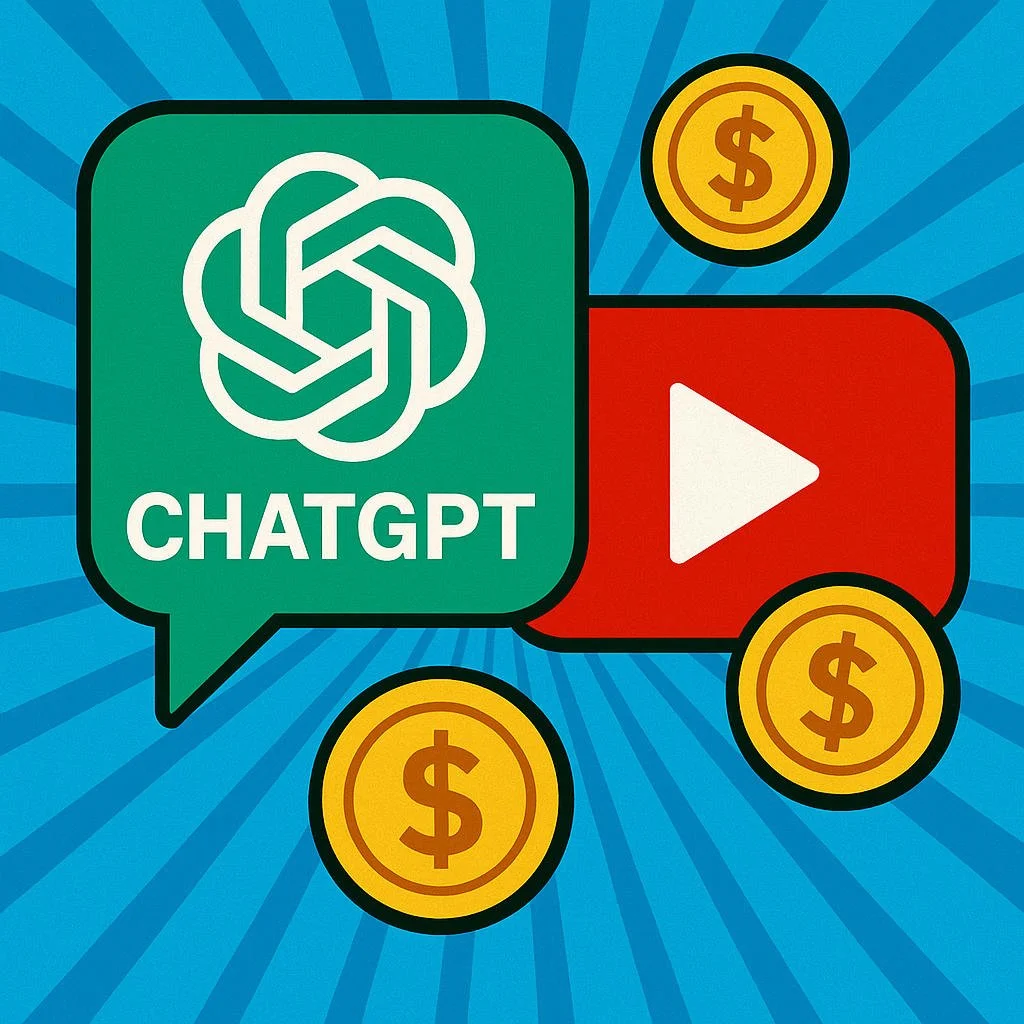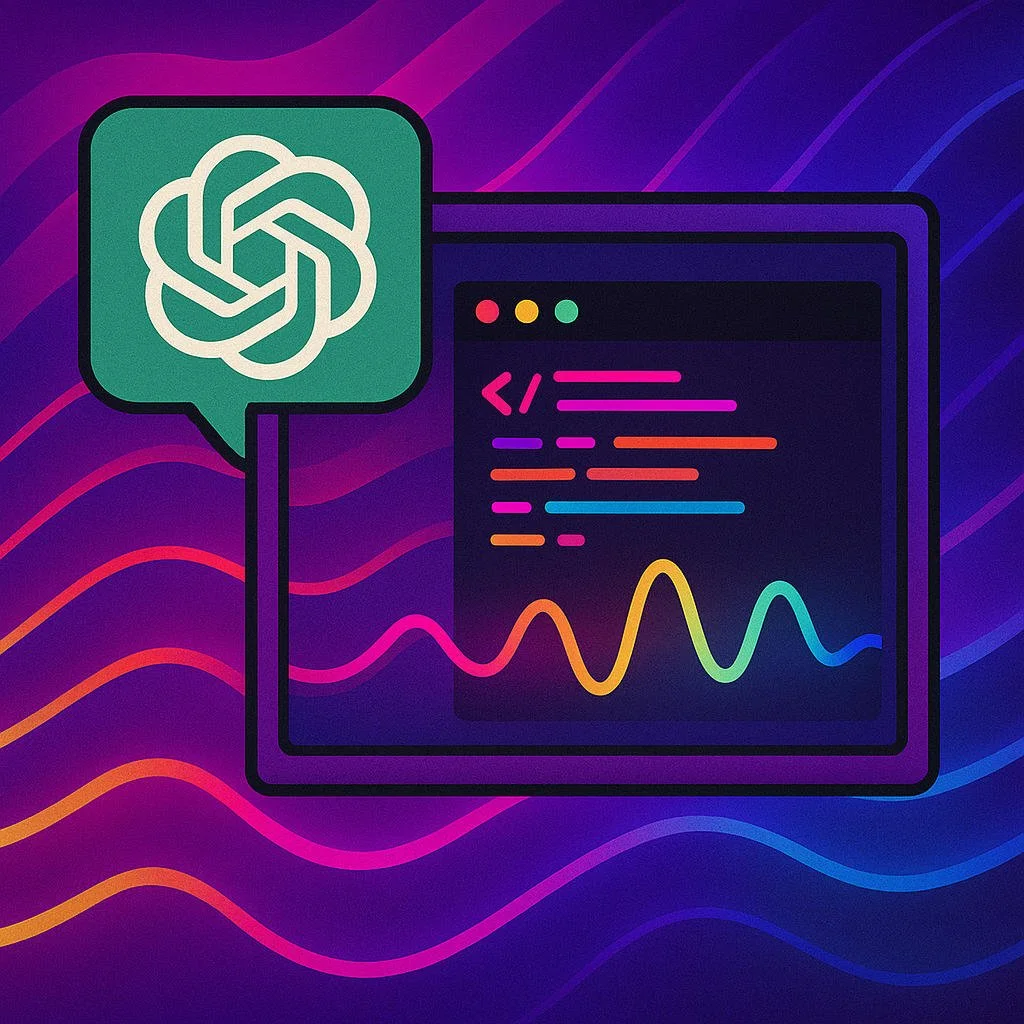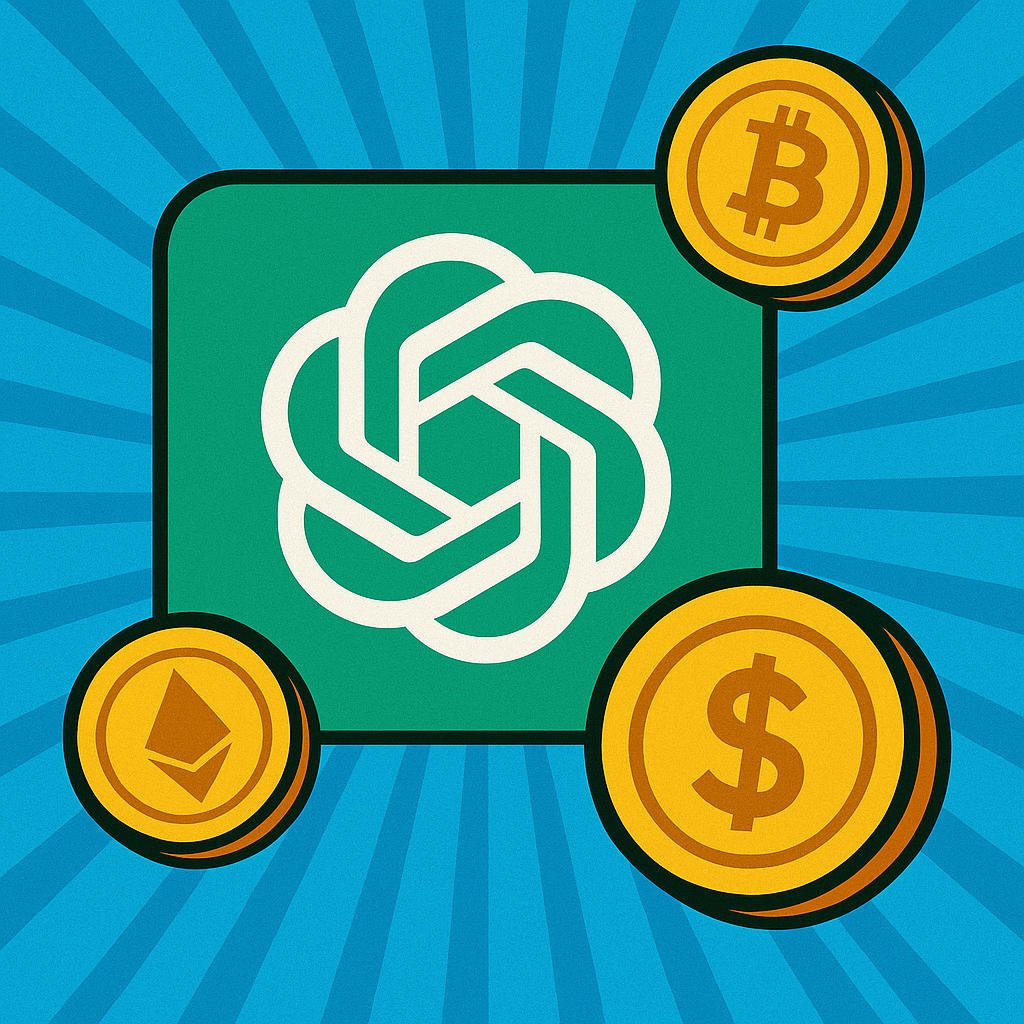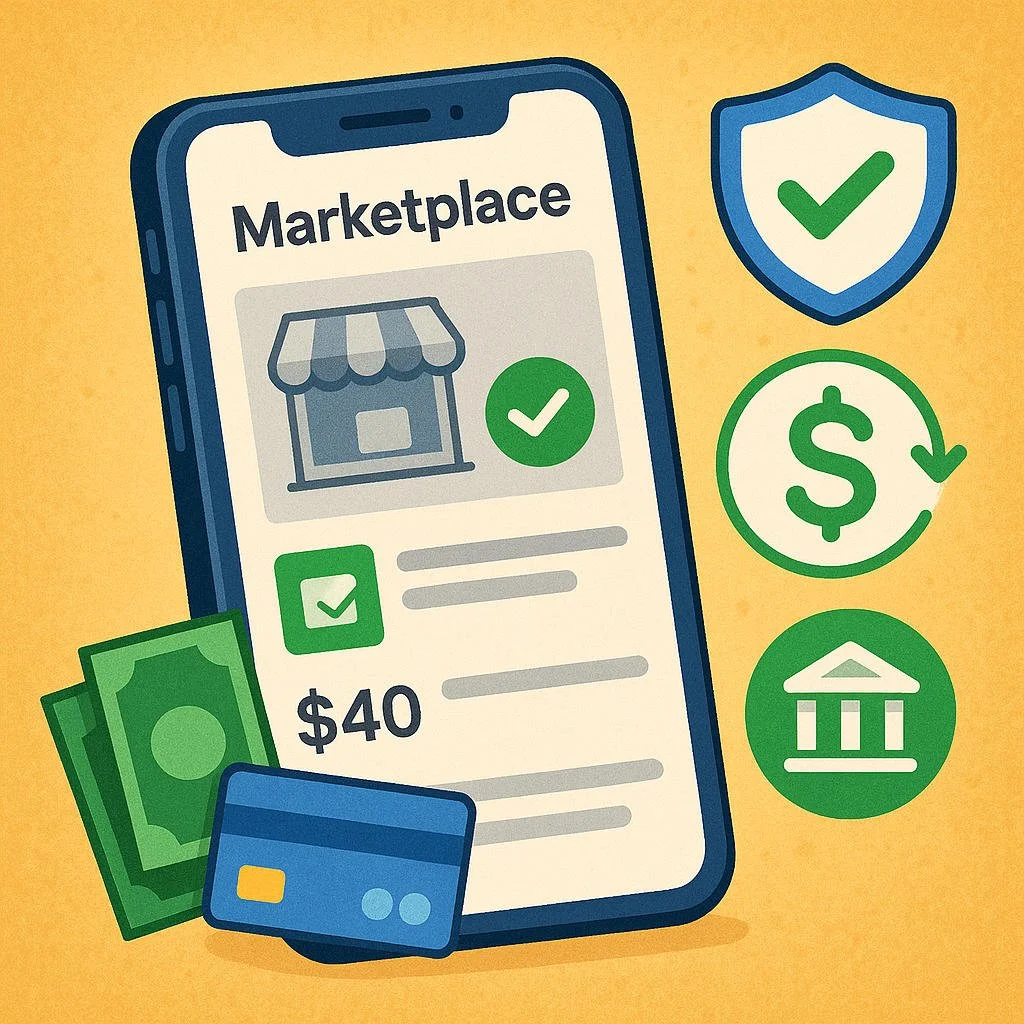How to Use ChatGPT to Make Money on YouTube
Big picture: how ChatGPT actually helps you make money on YouTube
YouTube pays you for attention and action:
Attention → watch time, clicks, and returning viewers
Action → subscriptions, email signups, and sales (courses, merch, affiliate links, services)
ChatGPT is your content engine. It won’t upload, film, or edit for you—but it can:
Generate endless video ideas with search potential
Write scripts and hooks fast
Help with SEO titles, descriptions, and tags
Draft community posts, pinned comments, and CTAs
Brainstorm products/offerings that turn views into money
You bring strategy + execution (recording, editing, posting). ChatGPT brings speed + structure.
Step 1: Choose a monetization path first, not last
Before you ask ChatGPT for ideas, decide how you want the channel to make money:
Ad revenue (YouTube Partner Program)
Affiliate marketing (links in description)
Your own products/services (courses, coaching, templates)
Sponsorship deals (brand integrations)
Channel memberships / Patreon
Faceless “cash cow” channels (evergreen content with high RPM)
You can mix several, but pick one primary goal to start. This will shape everything ChatGPT generates.
Prompt to clarify your channel’s business model:
I want to build a YouTube channel that makes money. Help me choose a primary monetization model and niche based on this info:
– My skills: [list]
– Topics I enjoy: [list]
– How comfortable I am on camera (0–10): [number]
– How many hours per week I can work on it: [number]
Suggest 3 channel concepts and explain how each would make money.
Step 2: Use ChatGPT for niche and audience research
Your channel needs a specific audience with specific problems. That’s where the money is.
Ask ChatGPT to:
Identify sub-niches inside broad topics (fitness → “desk workers with back pain”)
List common questions people ask in that niche
Highlight content gaps (topics not well-covered or missing angles)
Prompt:
I want to start a YouTube channel about [broad topic].
Suggest 10 narrow niche angles within this topic that have long-term demand.
For each niche, list 5 common problems or questions viewers have.
Mark the niches that are best for making money with [ads / affiliate / my own products].
Use this to pick one clear viewer:
“I make videos for beginner [X] who want [Y] without [Z].”
Step 3: Generate video ideas that are actually searchable
You need videos people can find:
“How to…”
“X vs Y”
“Top 10…”
“I tried [method] for 30 days”
“Mistakes beginners make in [topic]”
Use ChatGPT to brainstorm with search intent in mind.
Prompt:
Act as a YouTube content strategist. My niche is [niche] and my target viewer is [describe them].
Generate 50 video ideas that:
– Start with phrases like “how to,” “best,” “top,” “mistakes,” “beginner,” or “review”
– Are likely to be searched on YouTube
– Could be monetized with [ads/affiliate/product]
Group them into 5 mini-series of 10 videos each.
Now you’ve got series, not random one-offs. Series help build binge-watching and returning viewers.
Step 4: Turn ideas into click-worthy titles and thumbnails
Click-through rate (CTR) = money. ChatGPT can’t design the thumbnail, but it can brainstorm text + concept.
Titles
Prompt:
Here are 10 video ideas in my niche: [paste list].
For each idea, give me:
– 3 clickable YouTube titles (max ~65 characters)
– 1 curiosity-based version and 1 “clear and direct” version
– Avoid clickbait that lies; keep them honest but compelling.
Thumbnail text & concept
Prompt:
For this video title: “[title]”
Suggest 5 thumbnail text ideas (max 3–4 words each) and describe the thumbnail visual concept for each. Make sure the text doesn’t repeat the title exactly but adds curiosity.
You now have a title–thumb combo ready for your designer or your editing app.
Step 5: Use ChatGPT as your scriptwriter (or outline partner)
You don’t have to read a script word-for-word, but having one speeds everything up and increases retention.
Structure that works well:
Hook (0–10 seconds): Speak to a pain or promise.
Credibility: Why listen to you? (1–2 sentences)
Roadmap: “In this video, you’ll learn…”
Main points: 3–7 key sections with examples or steps.
Soft CTA: Like, subscribe, or “grab the free thing in the description.”
Wrap-up: Short summary + next suggested video.
Prompt:
Write a YouTube video script for the title: “[title]”.
– Target audience: [describe]
– Length: about [X] minutes
– Tone: [casual/professional/funny]
– Include: hook, brief intro, clear sections, examples, and a call-to-action to [subscribe / download my free guide / check affiliate link].
Make it conversational and easy to read aloud.
If you prefer bullet points, say:
Instead of a full script, give me a detailed outline with bullet points and talking points for each section.
Step 6: Faceless channels – where ChatGPT really shines
If you don’t want to be on camera, you can still make money with:
Top 10 lists and compilations
Storytime / narration (true crime, history, finance, self-improvement)
Tutorials using screen recordings
AI-voice or your voice over footage and stock images
Compilation of facts, tips, or news (within fair use and policy)
ChatGPT can:
Write scripts
Create lists, timelines, story arcs
Suggest B-roll ideas (what kind of footage should be on-screen)
Prompt:
I want to create a faceless YouTube video about “[topic].”
– Write a 10-minute script with a narrator voiceover.
– Include suggestions in brackets for what B-roll or visuals to show at each section.
– Make sure the pacing works for a relaxed narration speed.
You then record a voiceover yourself (or use an AI voice where allowed), add stock footage, and edit.
Step 7: Descriptions, tags, and YouTube SEO with ChatGPT
You don’t need to stuff keywords, but you do want relevant phrases in:
Title
First 2–3 lines of description
Tags
Spoken words (auto-captioned by YouTube)
Descriptions
Prompt:
Write an SEO-friendly YouTube description for this title: “[title]”.
– Niche: [niche]
– Target viewer: [describe]
– Include a hook in the first 2 lines and a bullet list of what viewers will learn.
– Add a subtle call-to-action to subscribe and to [check out my product / affiliate link], but keep it natural.
Tags/keywords
Prompt:
Suggest 20 keyword phrases and tags for this video title: “[title]” in the [niche] niche.
Include a mix of broad and long-tail phrases viewers might actually search for.
You can then paste these into your upload form (adjusting for YouTube’s tag limits).
Step 8: Use ChatGPT to plan monetization around each video
Each video is a mini sales machine if you plan it right.
Types of monetization ChatGPT can help you map:
Ads: Focus on topics with high advertiser interest (finance, software, education, health, etc.).
Affiliate: Product reviews, “best tools,” comparisons, how-to tutorials featuring specific software/hardware.
Your own products: Courses, coaching, ebooks, presets, templates.
Email list: Lead magnets (“free checklist”) that get people off YouTube and into your world.
Prompt:
For this video idea: “[title]” in the [niche] niche, list:
– 3 potential affiliate products I could promote
– 3 ideas for my own digital product or service related to this topic
– 2 free lead magnet ideas (checklists, templates, etc.) that would naturally fit in the video’s call-to-action.
Now you’re not just uploading “content”—you’re building offers around it.
Step 9: Turn ChatGPT into your content calendar manager
Regular posting helps growth and monetization. ChatGPT can help you design a realistic schedule.
Prompt:
I can upload [1/2/3] videos per week in the [niche] niche.
Create a 12-week content calendar with:
– Video titles
– Short description of each
– Primary monetization angle (ads, affiliate, product, email list)
– Suggested day of week to publish
Focus on building bingeable series and covering both beginner and intermediate topics.
This prevents the “what should I post next?” paralysis.
Step 10: Use ChatGPT to analyze performance and improve
After you have some videos up, use your analytics plus ChatGPT’s pattern-spotting help.
Look at:
Click-through rate (CTR) → are titles/thumbnails working?
Average view duration → are hooks strong enough?
Which topics get the most views and watch time?
Which videos drive the most clicks or sales?
Prompt:
Here are my last 10 YouTube videos with titles, views, CTR, and average view duration: [paste data].
Analyze what’s working and what isn’t.
– Which topics and title styles perform best?
– What patterns do you see?
– Suggest 10 new video ideas based on my top-performing topics and formats.
You can also paste comments and ask:
Summarize the main questions and complaints from these comments and suggest 5 new video ideas that directly answer them.
This keeps your content aligned with what your viewers actually want, increasing retention and monetization potential.
Specific channel types where ChatGPT is especially powerful
1. Tutorials & “how to” channels
ChatGPT writes step-by-step guides you can turn into screen recordings or camera demos.
Great for affiliate marketing (software/tools) and course sales.
2. Finance, productivity, or self-improvement channels
ChatGPT helps with frameworks, lists, and breakdowns of complex ideas.
These niches can have higher ad rates, which means more money per view.
3. Storytime & commentary channels
ChatGPT can outline stories, summarize events, and structure arguments.
You provide the voice, personality, and opinions.
Monetization via ads, Patreon, and sponsorships.
4. Faceless “facts” channels
“Did you know?” facts, science snippets, history, geography, psychology.
ChatGPT drafts scripts; you add visuals and narration.
Evergreen content that can earn ad revenue for years.
(Always double-check facts yourself, especially in educational or health/finance content.)
Important reminders so you don’t get in trouble
Originality: Use ChatGPT’s output as a draft, not a final product. Add your own stories, opinions, and examples.
Accuracy: Fact-check anything that sounds questionable or specific (dates, stats, medical/financial claims).
Policy compliance: Make sure your content follows YouTube’s rules (no hate, explicit violence, misinformation, etc.).
Uniqueness: If your niche is competitive, add clear personal angles: experiments, case studies, your own failures and lessons.
The channels that make the most money use AI as a tool, not a replacement for their brain.
Putting it all together: a sample workflow for one video
Pick monetization goal: Promote an affiliate software tool.
Idea: Ask ChatGPT for “how-to” video ideas focused on that tool.
Title & thumbnail: Brainstorm multiple options, pick the best combo.
Script/outline: Generate a 7–10 minute script, tweak to match your voice.
Record & edit: Film or screen record while following the outline.
Description & tags: Use ChatGPT to write a keyword-rich description and tag list.
CTA: Add a clear, honest plug for your affiliate link in script and description.
Post & test: Upload, watch analytics, and adjust future titles and topics based on what works.
Repeat this process weekly or multiple times per week, and you’re steadily building an asset library of videos that can pay you over time.
Final thoughts
ChatGPT won’t magically drop YouTube money into your lap. But it can:
Destroy your blank page anxiety
Cut scripting time from hours to minutes
Help you think in systems and series instead of random videos
Support you in building offers and monetization around your channel
Your job is to show up, record, edit, and publish consistently. ChatGPT’s job is to give you the ideas, words, and structure so you can focus your energy on execution—and on turning views into real income.









